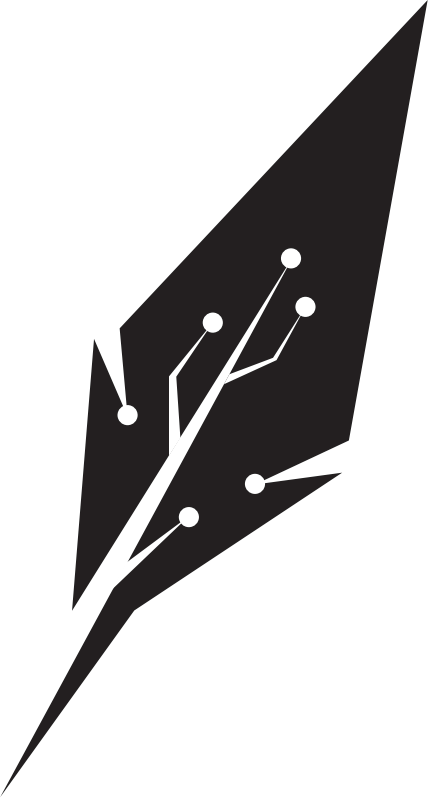

But then it hit me. Code is not literature and we are not readers. Rather, interesting pieces of code are specimens and we are naturalists. So instead of trying to pick out a piece of code and reading it and then discussing it like a bunch of Comp Lit. grad students, I think a better model is for one of us to play the role of a 19th century naturalist returning from a trip to some exotic island to present to the local scientific society a discussion of the crazy beetles they found: "Look at the antenna on this monster! They look incredibly ungainly but the male of the species can use these to kill small frogs in whose carcass the females lay their eggs."
The point of such a presentation is to take a piece of code that the presenter has understood deeply and for them to help the audience understand the core ideas by pointing them out amidst the layers of evolutionary detritus (a.k.a. kluges) that are also part of almost all code. One reasonable approach might be to show the real code and then to show a stripped down reimplementation of just the key bits, kind of like a biologist staining a specimen to make various features easier to discern.
Peter Seibel's analogy on the good (but difficult to maintain) habit of reading code.